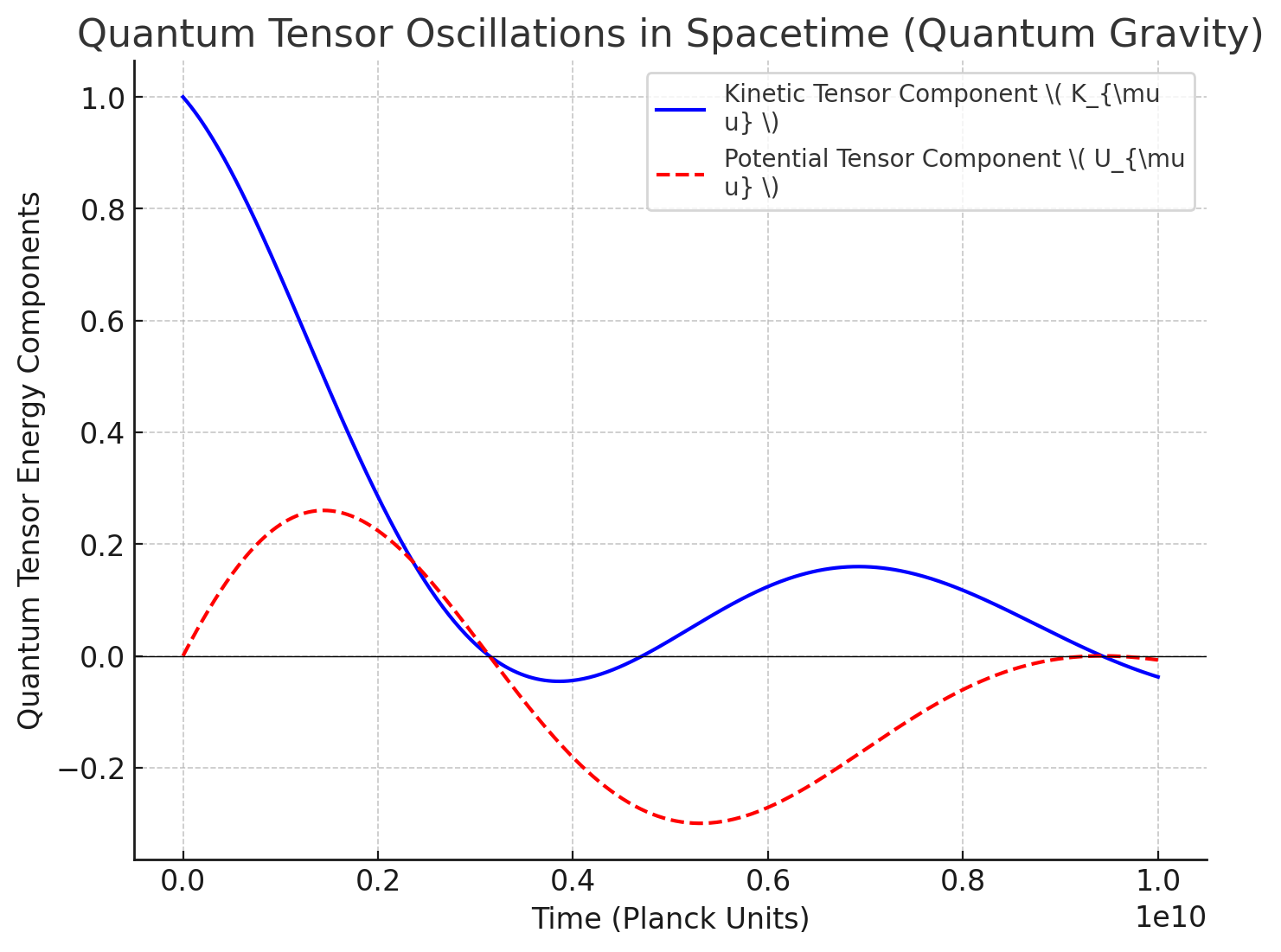Why Information Is Fundamental
Simulating the Birth of the Universe 1️⃣ Spacetime as Emergent From Jacobson’s derivation to AdS/CFT, we see that geometry itself is a manifestation of entanglement patterns . The “fabric” of spacetime behaves like a quantum error-correcting code — entanglement glues together the bulk. 2️⃣ Black Holes as Perfect Information Processors Hawking radiation and the Page curve show that information is never lost , it’s scrambled. The holographic principle says all the information inside a volume can be encoded on its boundary — an informational screen. 3️⃣ ER=EPR Einstein-Rosen bridges (wormholes) = EPR pairs (entanglement). A wormhole is a channel for entangled qubits — bridging geometry and quantum info. 4️⃣ Quantum Mechanics at its Core The no-cloning theorem , teleportation , mutual information — all these show how unitary evolution protects information . It’s not the particles or fields that are “most real,” but the relations and correlations ....



